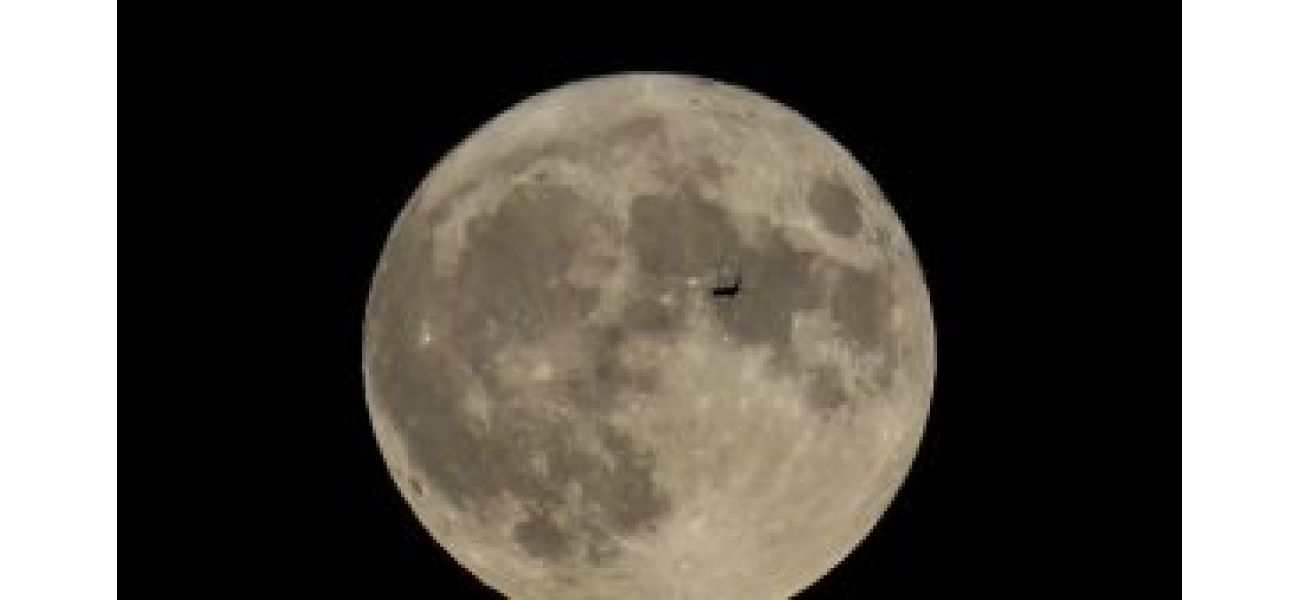India and Japan have signed an agreement to collaborate on the Chandrayaan-5 mission, which aims to explore the moon jointly.
India and Japan have signed a joint agreement for the Chandrayaan-5 mission, an exploration of the moon's polar region by their space agencies.
August 29th 2025.

Over the weekend, India and Japan came together to sign an important agreement for the Chandrayaan-5 mission. This mission is a joint effort between the two countries' space agencies to explore the polar region of the moon.
The signing of the Implementing Arrangement took place during Prime Minister Narendra Modi's visit to Tokyo. This agreement, between the Indian Space Research Organisation (ISRO) and the Japan Aerospace Exploration Agency (JAXA), focuses on their collaborative mission for Lunar Polar Exploration.
The goal of the Chandrayaan-5 mission is to study the lunar volatile materials, specifically the presence of lunar water, in the Permanently Shadowed Region located in the lunar South pole. To achieve this, JAXA will launch the mission on their H3-24L launch vehicle, carrying the lunar lander developed by ISRO, along with a Japan-made lunar rover.
ISRO has not only taken on the responsibility of developing the lunar lander but is also responsible for creating several scientific instruments for the mission. These instruments will aid in the exploration and analysis of the volatiles present in the lunar polar region.
In an interview with The Yomiuri Shimbun, Prime Minister Modi expressed his excitement for this joint mission. He stated that this collaboration between India and Japan will expand our understanding of the permanently shadowed regions in the lunar south pole. The Prime Minister also highlighted the partnership between ISRO and JAXA as a significant step in fostering cooperation between their industries and startups. This, in turn, creates an ecosystem where innovation can thrive and benefit both countries.
Modi also shared his confidence in the scientific teams of India and Japan working together to push the boundaries of space science. He emphasized that this partnership will not only expand our horizons above us but also improve our lives here on Earth. He pointed out that India's space journey is a story of determination, hard work, and innovation of the country's scientists.
From the historic landing on the moon's south pole with Chandrayaan-3 to advancements in interplanetary missions, India has consistently shown that space is not the final frontier, but the next one. The Prime Minister also highlighted the impact of space science on our daily lives, such as in agriculture, disaster management, and communication.
Overall, the collaboration between India and Japan in the space sector is a significant step towards furthering our understanding of the universe and improving our lives through scientific advancements.
The signing of the Implementing Arrangement took place during Prime Minister Narendra Modi's visit to Tokyo. This agreement, between the Indian Space Research Organisation (ISRO) and the Japan Aerospace Exploration Agency (JAXA), focuses on their collaborative mission for Lunar Polar Exploration.
The goal of the Chandrayaan-5 mission is to study the lunar volatile materials, specifically the presence of lunar water, in the Permanently Shadowed Region located in the lunar South pole. To achieve this, JAXA will launch the mission on their H3-24L launch vehicle, carrying the lunar lander developed by ISRO, along with a Japan-made lunar rover.
ISRO has not only taken on the responsibility of developing the lunar lander but is also responsible for creating several scientific instruments for the mission. These instruments will aid in the exploration and analysis of the volatiles present in the lunar polar region.
In an interview with The Yomiuri Shimbun, Prime Minister Modi expressed his excitement for this joint mission. He stated that this collaboration between India and Japan will expand our understanding of the permanently shadowed regions in the lunar south pole. The Prime Minister also highlighted the partnership between ISRO and JAXA as a significant step in fostering cooperation between their industries and startups. This, in turn, creates an ecosystem where innovation can thrive and benefit both countries.
Modi also shared his confidence in the scientific teams of India and Japan working together to push the boundaries of space science. He emphasized that this partnership will not only expand our horizons above us but also improve our lives here on Earth. He pointed out that India's space journey is a story of determination, hard work, and innovation of the country's scientists.
From the historic landing on the moon's south pole with Chandrayaan-3 to advancements in interplanetary missions, India has consistently shown that space is not the final frontier, but the next one. The Prime Minister also highlighted the impact of space science on our daily lives, such as in agriculture, disaster management, and communication.
Overall, the collaboration between India and Japan in the space sector is a significant step towards furthering our understanding of the universe and improving our lives through scientific advancements.
[This article has been trending online recently and has been generated with AI. Your feed is customized.]
[Generative AI is experimental.]
0
0
Submit Comment





